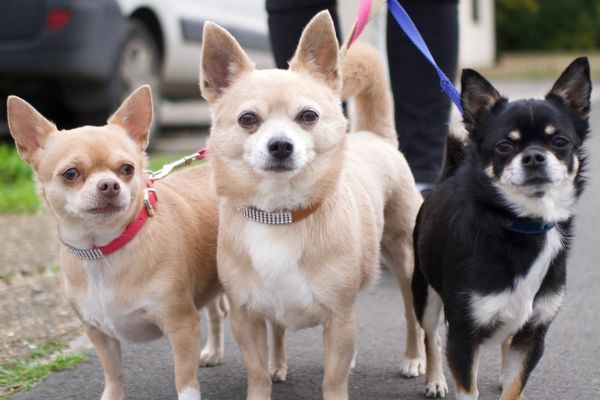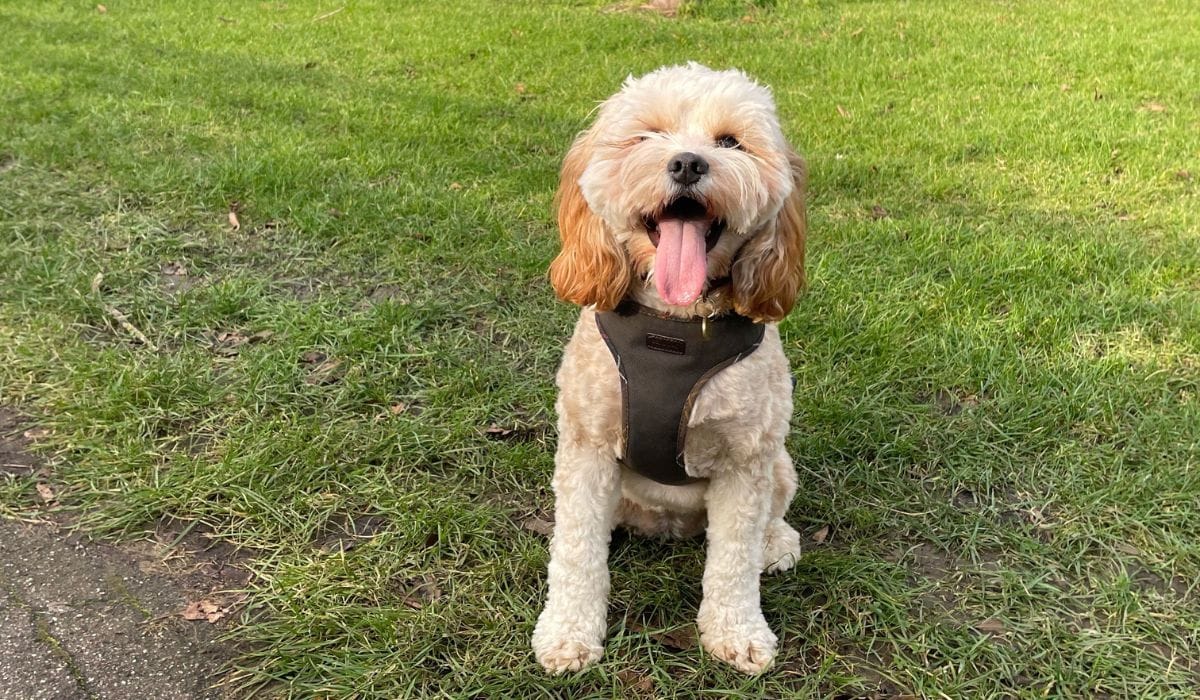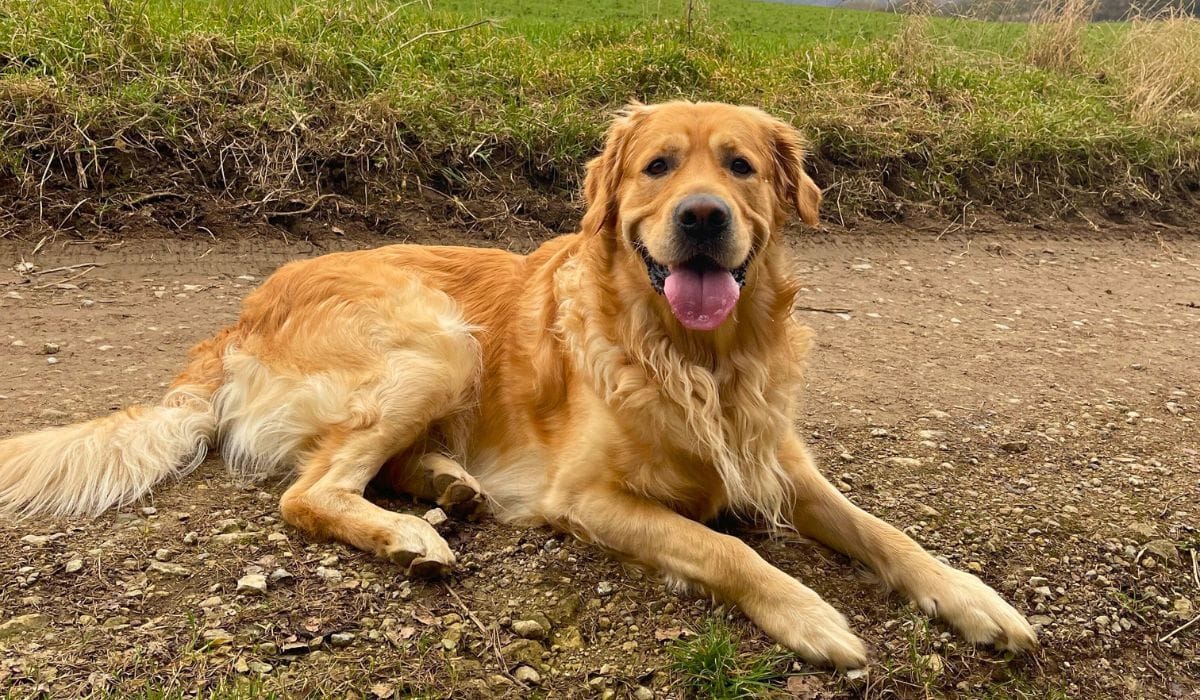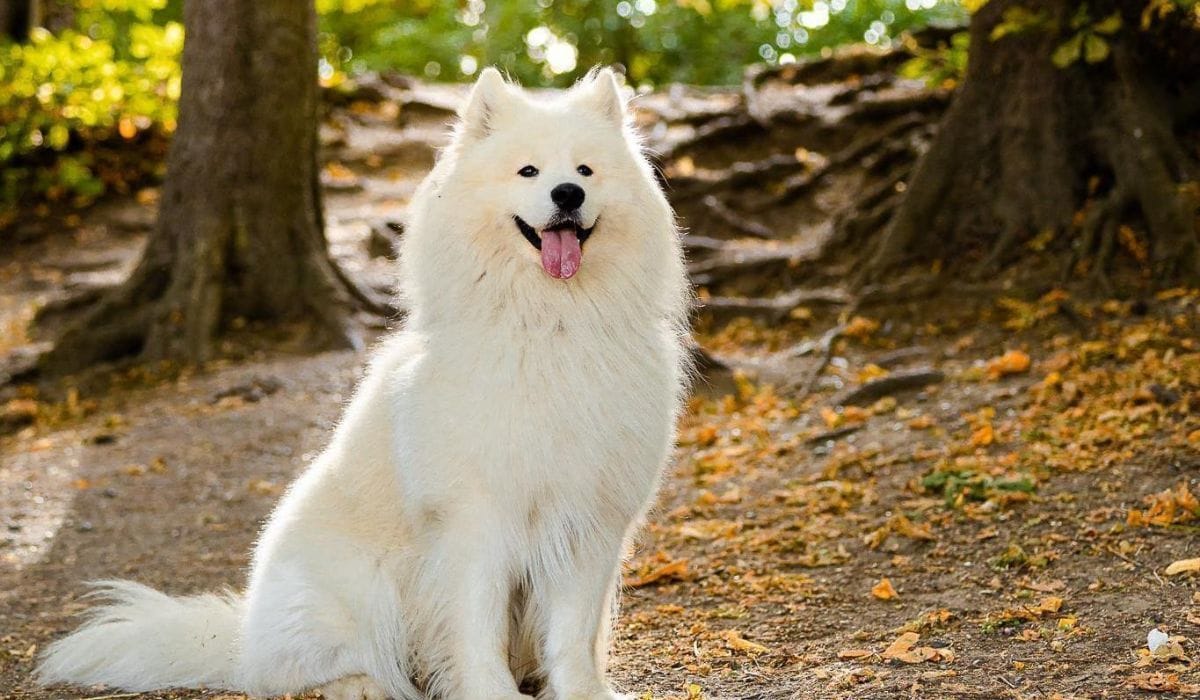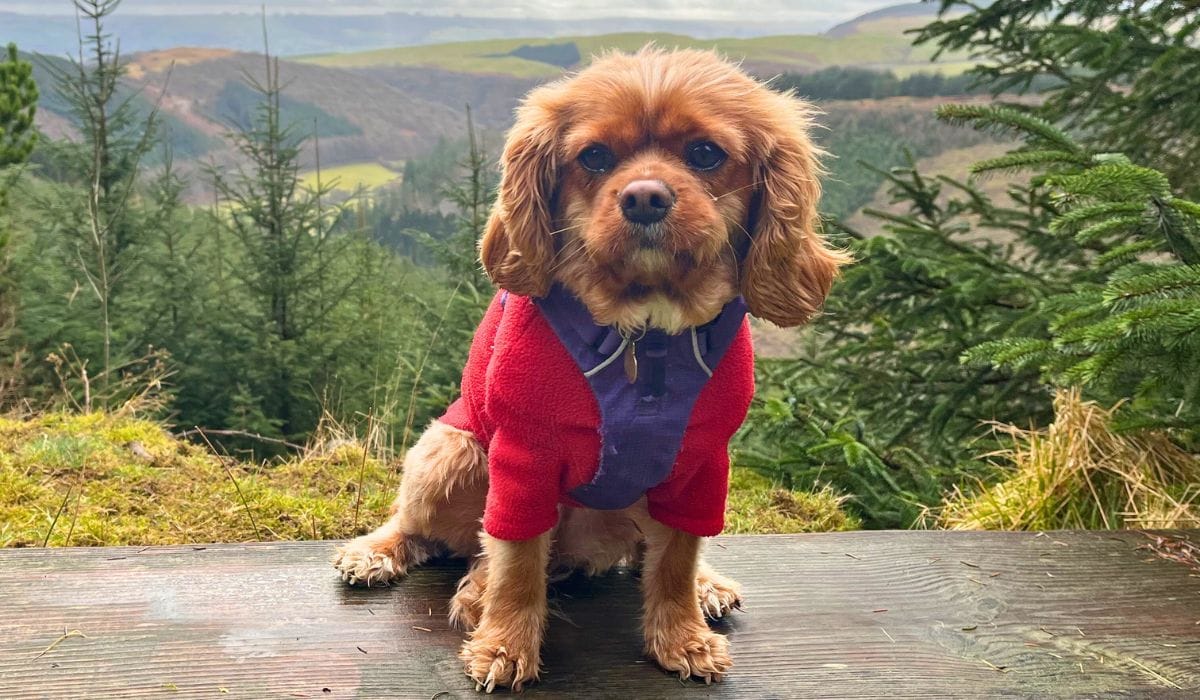How much do you know about the ‘unspoken rules’ of dog walking? Whether you are a new owner or seasoned dog borrower, it’s time to brush up on your dog walking etiquette!
Scoop the poop!
If your dog does its business anywhere, you need to pick it up. Not only is it polite and helps keep your environment clean, but it is a health hazard to leave it. Dog faeces can spread parasites and disease to humans and other animals. So remember to pack the poo bags and keep an eye on your dog.
Recall
Does your dog have 100% recall? If not, experts recommend keeping your dog on the lead.
Whether it is a populated area, a busy dog park or even a rural field, be prepared to recall your dog at any moment. Not everyone likes dogs and may have a fear of them, so don’t presume and let your dog greet all humans and dogs without permission.
If you see another dog on a lead or an owner putting their dog on a lead then put your dog on their lead too. The other owner is essentially signalling to you that their dog is reactive or has another reason for needing to be on their lead including being scared, reactive, in training or recovering from an injury. If you do keep your dog off the lead, do not let your dog run up to them.
Remember, a dog on a lead doesn’t mean you need to ignore them completely either! Always greet the other dog walker with a simple smile or ‘hello’. You may then find they give you permission for your dogs once you have communicated.
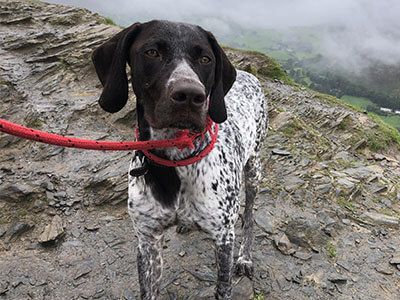
Top tips
Keep your dog’s favourite treats on you. This can be a great way to distract them and keep their focus on you when necessary as well as a reward for good behaviour!
If your dog doesn’t have 100% recall then it is highly recommended to put them on a long line lead. This isn’t an extendable lead, but rather a training lead where you can work on your recall whilst giving your pup a bit more freedom.
Follow their lead
There are other signs to keep an eye out for around other dog walkers. For example, a dog that has a yellow ribbon on its lead signals that the dog is in training, in season, unwell, is old and grumpy, recovering from an operation or nervous. It is good etiquette and also safer to give these dogs extra space and do your best to not frighten them.
Some dogs will have coats or collars that explicitly say ‘I need space’. For the reasons above, it is best to respect their needs and keep your dog on their lead and away from them.
Even if your dog is super friendly and would never hurt a fly, this doesn’t mean they should greet every dog. Keep an eye on your dog whenever they are around other dogs and humans to ensure they are safe and not behaving inappropriately.
Pay attention
Lastly, pay attention. If you are distracted and on your phone, you won’t see potential dangers and you may not be able to react quickly if a situation arises in which you need to step in. Dog walks can be a great break from your day to day life and a wonderful chance to bond with your pooch.
If you haven’t walked in the countryside before, the rules may seem daunting. Knowing how to keep your dog safe around cattle, finding public footpaths and keeping yourself safe on country roads are some of the useful tips that will keep you safe and help you enjoy your next walk in the countryside. We explain more in this guide to dog walking in the countryside.
Did you know?
There is an official Countryside Code written by the government for all visitors to the countryside? It covers everything from protecting the environment to knowing the law of private property vs public land. It is a thorough explanation of everything you need to know and covers some of the tips we will be discussing today.
Their slogan is ‘Respect, Protect, Enjoy’.
1) Before you go
Where necessary, you should plan your route out. If you are going for a long walk away from civilisation, make sure to take maps, guidebooks and any other essential resources with you.
Even if you are staying closer to home, remember to check the weather before you leave so you aren’t caught out.
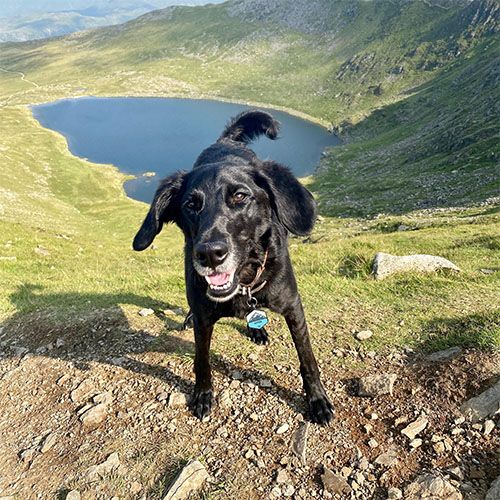
2) Setting out
If part of your route includes walking along roads, make sure to always walk facing traffic. This makes it easier for traffic to see you and you can see oncoming traffic. Where necessary you should stop or step onto the grass verge to allow traffic to pass.
If you don’t know how to find a public footpath, make sure to brush up on signage. A yellow arrow on a stump or gate post will point you in the direction of a public footpath and keep you on track during your walk.
3) During the walk
There are a few things that are not only polite for other users of these paths but also help to protect the environment you are enjoying.
- Leave all gates as you find them or follow signs that say to keep the gate closed after you.
- Leave all the property you pass through as you found it. Take home your litter and don’t forget to pick up your dog poo. This is essential even in the countryside.
- In many places, it is common courtesy to acknowledge other people you come across. A simple nod or ‘hello’ is enough!
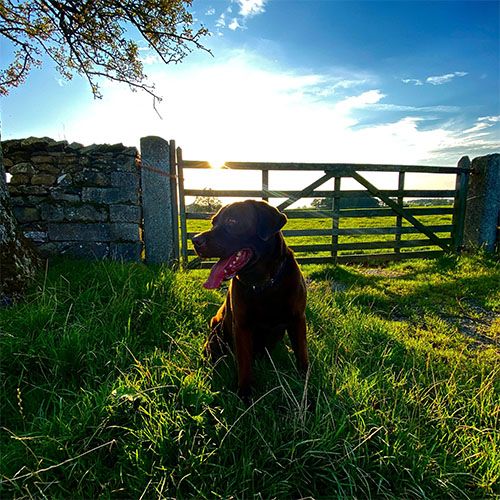
4) Keeping your dog safe
There are certain rules when it comes to dogs around farm animals that you should be aware of.
- During lambing season, you must keep a lead on when you are in a field with animals. Generally, this is March to July when mothers become more protective and farmers are vigilant.
- Outside of these times or even in fields that don’t appear to have animals, you should follow any signs that are put out by the council or landowner. This will prevent any misunderstandings and keep your dog safe. Although it isn’t common, landowners do have the right to shoot dogs who threaten their livestock or sue you if anything were to happen.
Ensuring your dog is under control at all times is essential to keep both your dog and the local wildlife safe. Make sure your dog has excellent recall if you are letting them off the lead so that you can keep them away from farm animals, wildlife and other dogs you may pass.
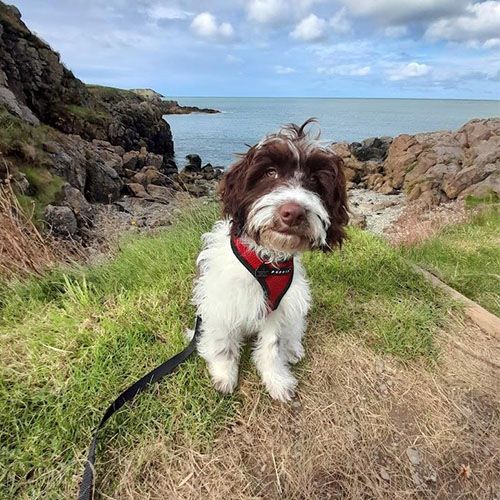
Walking in the countryside can be such a pleasant experience and is the perfect opportunity to spend quality time with your dog. Dogs who need a lot of exercise will benefit from the ability to run freely and explore new sights and smells.
Nothing beats heading out into the open countryside with a furry friend at your heels. But, there are a few important things that you should know before they head into the wild with a dog. Sean Whiting is Director of country outfitters and pet supplies retailer Houghton Country. In this blog post, he’ll be taking us through the Countryside Code, and sharing a few tips for keeping your pooch safe while out on an adventure.
The Countryside Code is built on a simple set of principles: respect, protect, and enjoy. For people walking dogs, that means keeping both you and your dog safe from harm, and being respectful of the land and wildlife you encounter. As long as you take care to follow the simple rules I’ve shared below, both you and your canine companion should be all set for a safe and thoroughly enjoyable ramble though the countryside.
Plan your route and pay attention to signs
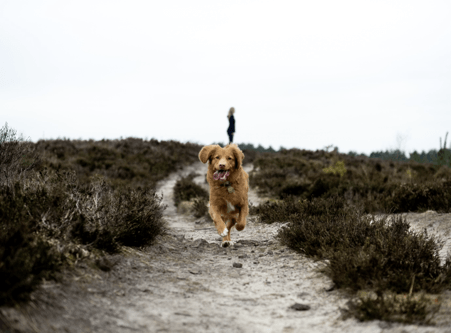
Before you get going, take the time to plan your outing, especially if you’re not familiar with the area. Check out the Ordinance Survey site to work out which public footpaths and rights of way you’re going to use, and make a note of any no-go areas, like private property or military land. It’s also a smart move to take a paper map along with you, as you never know when you might get caught out by a dead battery or lack of signal in a rural area.
Leave everywhere as you found it
Respecting the natural landscape is a big part of the Countryside Code, and you should do your best to leave everything exactly as you found it. That means picking up your litter, cleaning up your dog’s mess, and not taking plants or anything else you find away with you.
The same goes for farmer’s land and property too: unattended vehicles and farm equipment can be dangerous, so leave them well alone. Any gates you cross through should be left as you found them — and don’t assume that gates always need to be closed. Farmers will sometimes leave a gate open so that livestock can reach food or water so, if you find it already open, it’s best to leave it that way. If you arrive by car, be considerate when parking and don’t block any access roads or driveways.
Keep your dog safe and under control
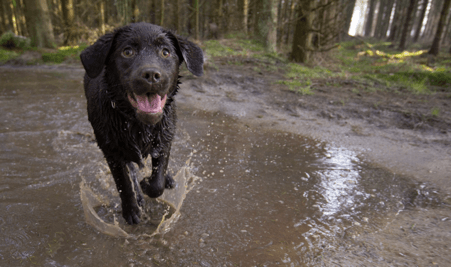
It’s great to give your furry friend a chance to explore some new scenery, and maybe even stretch their legs with a game of fetch. But, it’s still important to keep them close by, so they don’t get lost or start bothering wildlife or livestock. Try to keep your dog where you can see them, and whatever you do, be sure to keep them on a close lead whenever you enter a field with livestock or horses. If you’re not 100% confident in your pet pal’s ability to come back when called, it’s usually safest to keep your dog on a lead throughout your walk.
Don’t forget to bring all the essential accessories with you, like poo bags and treats. A bottle of water and a collapsible bowl are a must on a hot day, too.
The Countryside Code is designed to keep rural areas pleasant and safe for visitors to enjoy, without interfering with the lives of those who work and live there. So, be sure to follow the tips I’ve shared here before heading out into the wild for an adventure with your pet pooch.
